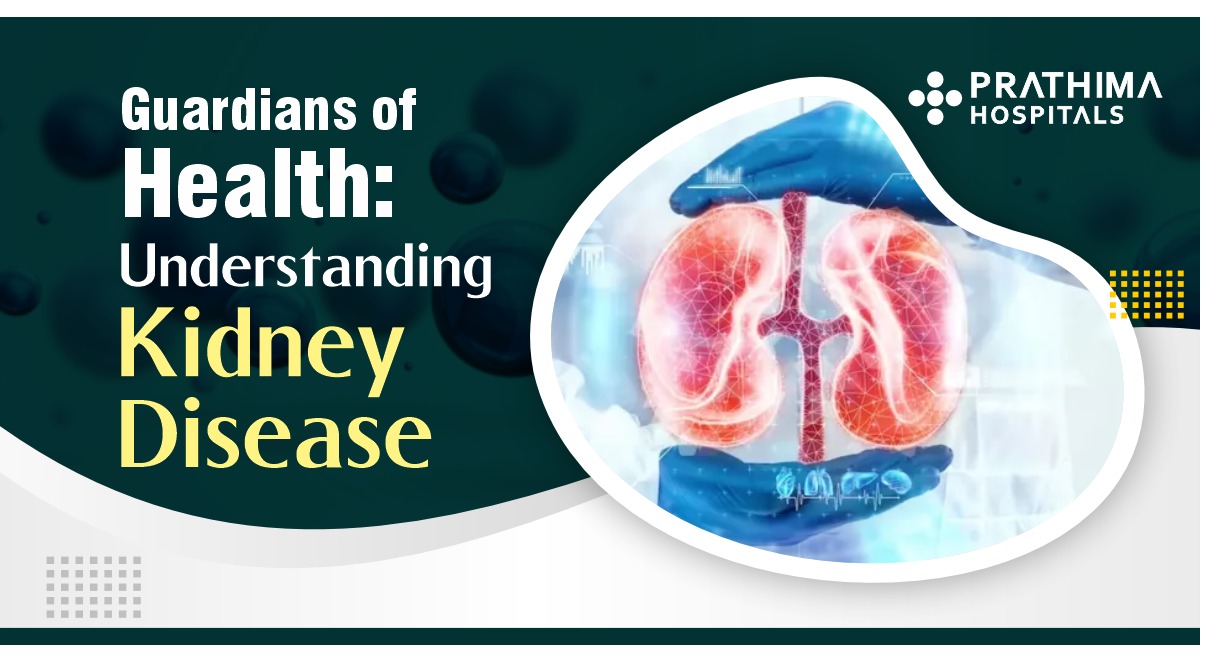Rabies Awareness: Causes, Symptoms, Prevention, and Impact!

World Rabies Day 2023
Introduction:
Rabies is a deadly viral condition that has tormented humans & animals for centuries. As said by the General Physician in Hyderabad, despite being preventable through vaccination, rabies continues to be a significant public health concern in many parts of the world, particularly in developing countries. As we are in the month of september, every year we celebrate “World Rabies Day“ on 28th september. Today, we’d like to dive into the various aspects of rabies, including its causes, symptoms, transmission, treatment, prevention, as well as its impact on humans and animals alike.
I. What is Rabies?
Viral infection Rabies is compelled by the rabies virus, a member of the Lyssavirus genus. This highly neurotropic virus primarily affects mammals, including humans. The word “rabies” is derived from the Latin word “rabies,” which means “madness” or “fury,” reflecting the aggressive and erratic behavior often observed in infected animals.
II. Causes and Transmission:
A. The Rabies Virus:
The rabies virus belongs to the Rhabdoviridae family and has a unique bullet-shaped structure. It contains single-stranded RNA as its genetic material, making it vulnerable to degradation outside a host organism. This characteristic is significant because it affects the virus’s transmission and survival.
B. Transmission to Humans:
Rabies is primarily transmitted to humans through the saliva of infected animals, typically via bites, scratches, or open wounds. The virus can also be transmitted if infected saliva comes into contact with mucous membranes or broken skin. While dogs are the primary reservoirs of the rabies virus in many parts of the world, other animals like bats, raccoons, skunks, and foxes can also carry the virus.
It’s important to note that not all animals that carry the rabies virus show visible signs of illness. This is known as the “silent carrier” state, where an animal can transmit the virus to humans or other animals without exhibiting symptoms themselves.
C. Transmission Among Animals:
Within the animal kingdom, rabies can be transmitted through various modes, such as:
- Bite and Scratch: Most commonly, rabies spreads through the bite or scratch of an infected animal. The virus in the infected animal’s saliva enters the body of the bitten animal, establishing infection.
- Aerosol Transmission: In rare cases, the rabies virus can be transmitted through the inhalation of infected saliva droplets, particularly in enclosed spaces like caves inhabited by infected bats.
- Organ Transplantation: There have been documented cases of rabies transmission through organ transplantation from an infected donor to a recipient. Organ transplant recipients are at risk if the donor had unrecognized rabies.
- Non-bite Exposure: Although less common, rabies can be transmitted through non-bite exposure, such as when infected saliva comes into contact with mucous membranes or open wounds.
III. Symptoms:
The incubation period for rabies, the time between exposure to the virus and the onset of symptoms, can vary but typically ranges from one to three months as per the General Physician in Kukatpally. Once symptoms appear, the disease progresses through distinct stages, with a grim prognosis.
A. Prodromal Stage:
- Early Symptoms: The initial symptoms of rabies are nonspecific and may include fever, headache, fatigue, and discomfort at the site of the wound or exposure.
- Neurological Changes: As the virus travels along the nervous system towards the brain, individuals may experience neurological symptoms such as anxiety, confusion, and agitation. This phase is often named the “prodromal stage.”
B. Acute Neurologic Stage:
- Furious Rabies: In some cases, rabies progresses to the “furious” form, characterized by hyperactivity, hallucinations, and extreme agitation. Patients may become aggressive and may experience seizures.
- Paralytic Rabies: The “paralytic” form of rabies is marked by weakness, paralysis, and a loss of muscle function. This form can manifest as a flaccid paralysis or ascending paralysis.
C. Coma and Death:
Regardless of the clinical presentation, rabies is almost always fatal once neurological symptoms appear. Patients often fall into a coma and eventually die due to respiratory failure.
IV. Diagnosis:
Diagnosing rabies in humans typically involves a combination of clinical evaluation and laboratory testing. Since there is no specific cure for rabies once symptoms appear, rapid diagnosis is crucial.
A. Clinical Evaluation:
- History: Healthcare professionals will gather information about potential exposure to rabies, such as recent animal bites or scratches.
- Symptoms: Clinical symptoms, especially neurological changes, can provide important diagnostic clues.
B. Laboratory Testing:
- Direct Fluorescent Antibody (DFA) Test: This test is considered the gold standard for rabies diagnosis. It involves examining tissue samples (usually from the brain) for the presence of the rabies virus using fluorescent antibodies.
- Polymerase Chain Reaction (PCR): PCR can detect viral RNA in clinical samples, including saliva, cerebrospinal fluid, and skin biopsies.
- Viral Culture: Isolating the virus in cell culture is another method for confirming the presence of rabies.
V. Treatment:
Rabies is a disease with a fatality rate close to 100% once clinical symptoms appear. There is no known cure for rabies at this stage, which makes prevention through vaccination the most effective approach.
A. Post-Exposure Prophylaxis (PEP):
PEP is a series of rabies vaccinations given to individuals who have been exposed to the virus but have not yet developed symptoms. PEP is highly effective when administered promptly after exposure, ideally within 24 hours.
The PEP regimen typically involves the following:
- Rabies Immune Globulin (RIG): RIG is administered at the site of the wound (if present) and provides immediate passive immunity by neutralizing the virus locally.
- Rabies Vaccine: A series of rabies vaccine doses is given over a specific schedule, usually on days 0, 3, 7, 14, and 28. These vaccines stimulate the recipient’s immune system to produce antibodies against the virus.
VI. Prevention:
Preventing rabies is the most effective way to combat the disease. This involves a combination of measures aimed at both human and animal populations.
A. Vaccination of Pets and Livestock:
- Dogs: According to the General Physician in Kachiguda vaccinating dogs against rabies is critical, as they are the primary source of human rabies infections worldwide. Many countries have implemented dog vaccination programs to control the spread of rabies.
- Cats: Cats can also contract and transmit rabies, so vaccination is essential for them as well.
- Livestock: Rabies can infect livestock animals such as cattle and horses. Vaccinating these animals helps prevent the spread of the disease to humans.
B. Wildlife Management:
In regions where wildlife is a reservoir for the rabies virus, wildlife management strategies can help control the disease. This may include population control measures or oral rabies vaccination programs for wild animals.
C. Human Vaccination:
Pre-exposure prophylaxis (PrEP) involves giving rabies vaccines to individuals at high risk of exposure, such as veterinarians, wildlife workers, and travelers to rabies-endemic regions. PrEP provides a level of immunity that can reduce the need for RIG in the event of exposure.
D. Education and Awareness:
Public education campaigns play a crucial role in raising awareness about rabies prevention. Teaching people how to avoid high-risk behaviors around animals, especially wildlife, can significantly reduce the risk of exposure.
E. Responsible Pet Ownership:
Promoting responsible pet ownership includes ensuring that pets are vaccinated against rabies, kept on leashes or in enclosed areas, and properly supervised to minimize the risk of exposure to rabid animals.
F. Surveillance and Reporting:
Monitoring and reporting of rabies cases in both animals and humans are essential for tracking the disease’s spread and implementing control measures effectively.
VII. Global Impact:
Globally, rabies remains a major public health concern. World Health Organization estimates that 75% of the world’s population is still at risk of contracting rabies, 95% of human rabies infections are caused by dog exposures, and 100% of human rabies deaths can be prevented.
VIII. Global Initiatives:
Recognizing the need to address the global rabies problem, several initiatives and organizations are actively working to eliminate the disease.
A. World Rabies Day:
World Rabies Day, observed annually on September 28th, is a global initiative aimed at raising awareness about rabies and promoting efforts to eliminate the disease. It provides an opportunity for organizations and individuals to come together to advocate for rabies prevention and control.
B. The World Health Organization (WHO):
WHO plays a crucial role in providing guidance and support to countries in their efforts to control rabies. The organization promotes the development of national rabies control plans and advocates for the availability and accessibility of rabies vaccines.
Conclusion:
Rabies is a deadly viral disease that continues to pose a significant threat to human and animal populations worldwide as per the General Physician in KPHB. Despite being entirely preventable through vaccination and other control measures, rabies remains a public health concern, particularly in regions with limited access to healthcare and veterinary services.
Efforts to combat rabies must involve a multidisciplinary approach, including vaccination of pets and livestock, wildlife management, education and awareness campaigns, responsible pet ownership, surveillance and reporting, and support for global initiatives aimed at eliminating the disease.
As individuals and communities, we can contribute to the fight against rabies by ensuring our pets are vaccinated, practicing safe behaviors around animals, and supporting organizations and initiatives dedicated to ending rabies-related suffering and death. With concerted efforts, we can work towards a world where rabies is a disease of the past, sparing both humans and animals from its devastating effects.
.
.
.
.
.
For More Details:
📞:: 733 733 6600 | 040 4345 4345
🌐:: https://prathimahospitals.com/book-appointment/





